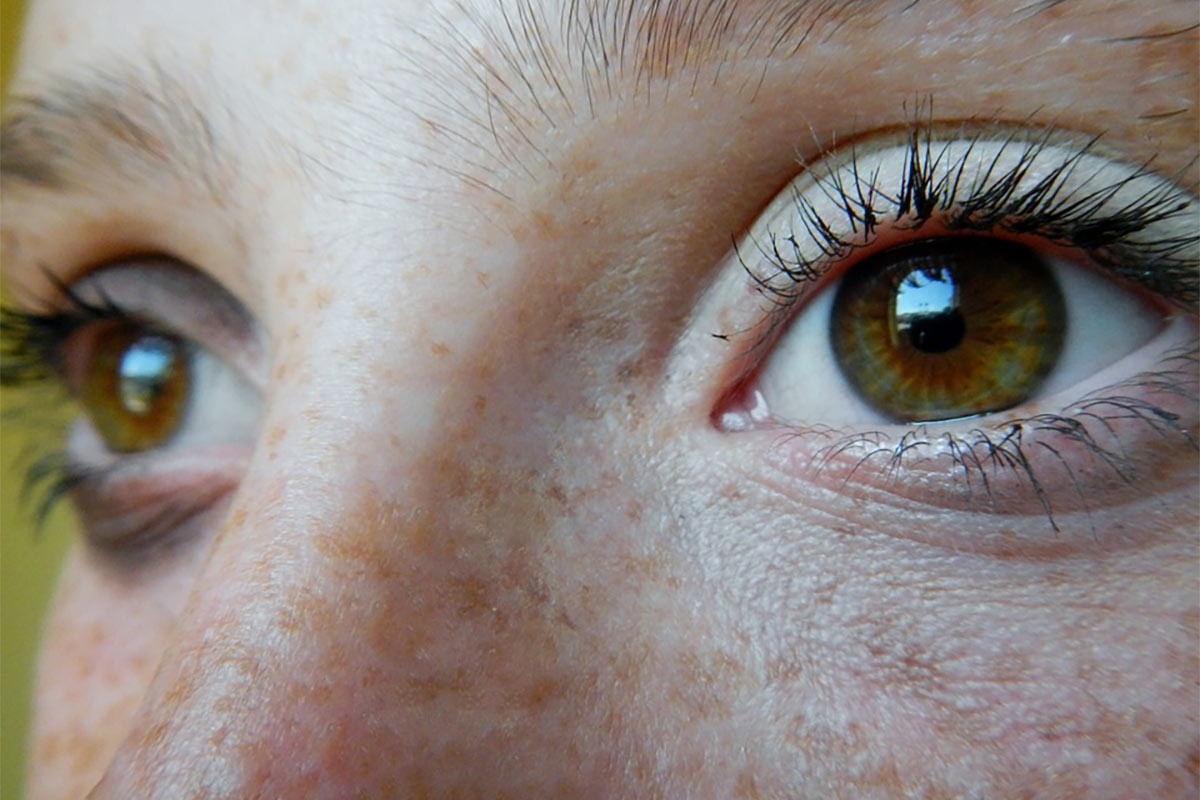

These students will have no need for special services unless the refractive error is not correctable for some reason. Many children use glasses and enjoy clear vision. Fortunately, refractive errors are correctable. This condition results in the inability to focus on objects far or near. Astigmatism results from curvature of the cornea, which keeps light rays from focusing properly in one area of the retina. Farsightedness results from an image being focused behind the retina, which means the child will have trouble focusing on objects that are close up. In nearsightedness images are focused in front of the retina, making far away images appear blurry. These include nearsightedness, farsightedness, and astigmatism. The most common types of visual impairments are simple refractive errors. Totally Blind: The lack of light perception is known as total blindness or total visual impairment. From 20/400-20/1000 is profound visual impairment, and is very close to total blindness. Legally Blind: From 20/200-20/400 is legally blind with severe low vision. Low Vision: If someone’s vision is between 20/70-20/160 and cannot be corrected, the student has moderate to low vision. Partially Sighted: A visual impairment that adversely affects a student’s educational performance even when corrected to the extent possible. To qualify as a visually impaired student, certain criteria must be met, like low visual acuity, visual field limitation, progressive eye disease, or cortical visual impairment. Depending on the severity of the condition, the following terms may be used in the special education or regular education school environment. In addition, it indicates that using narratives to assess children's language abilities can support the identification of LI in both a monolingual and a bilingual context.Students with non-correctable vision problems have visual impairments. This study confirms the hypothesis that measures of narrative macro-structure are not biased against children who have less experience with a particular language, like bilinguals. The narrative task adequately differentiated between both mono- and bilingual children with and without LI, with story elements related to internal states being more effective than elements related to the basic episode structure. Negative effects of LI were found on all narrative measures, whereas no effects of bilingualism emerged. Binary logistic regressions were conducted to evaluate the instrument's diagnostic value. A multivariate analysis of covariance (MANCOVA) was used to investigate the effects of LI and bilingualism on their narrative abilities. Methods & Proceduresįive- and 6-year-old mono- and bilingual children with and without LI ( N = 33 per group) were tested on production and comprehension measures of narrative macro-structure. Moreover, it evaluated the diagnostic validity of a narrative task within a monolingual and bilingual sample. The present study aimed to investigate the effects of LI and bilingualism on macrostructural narrative skills.

A narrative task is therefore assumed to be a less biased method of language assessment for bilingual children than many other norm-referenced tests and may thus be particularly valuable to identify language impairment (LI) in a bilingual context.

Understanding and expressing a narrative's macro-structure is relatively independent of experience in a specific language.


 0 kommentar(er)
0 kommentar(er)
